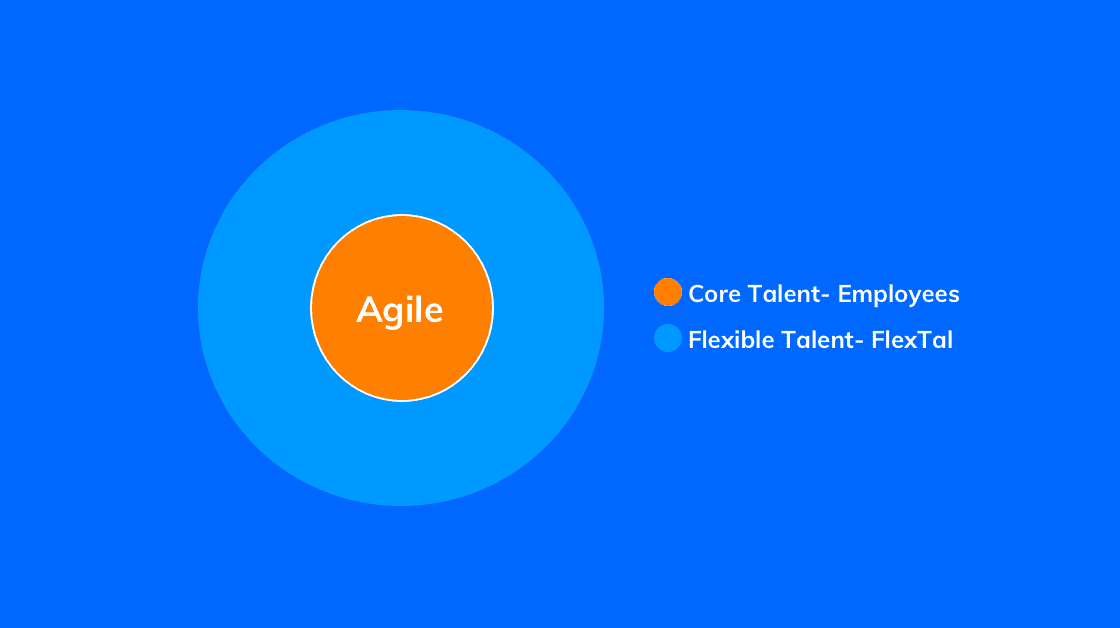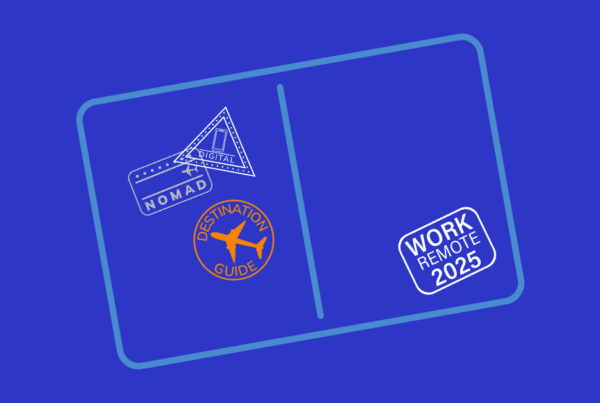
ORGANIZATIONS OF THE FUTURE—Step Aside Boomers, Millennials are Taking Over
(4th article in a series – by Duncan Robins)
ORGANIZATIONS OF THE FUTURE ARE BEING FORMED TODAY
In the near future, competition will be so fierce in the winners-take-all global market that corporations will be forced to break with their rigid, Industrial Era, organizational structures.
They will need workforces that are more agile with higher skills, less segmented by function, and more able to assemble quickly, in small teams when needed. Corporations will have to work with skeptical Millennials, who have much different values and working styles than their parents. These two powers may be in tension, but they are also proving that new working arrangements, ones that defy current norms and test existing laws, will benefit both corporations and their prized, Millennial workers. However, not all workers will enjoy the spoils of the new working paradigms, as many will be left on the other side of the widening Digital and Educational Divides in the Age of Digital Dominance.
MILLENNIALS WILL SHAPE THE FUTURE OF WORK
In 2020, 50% of workers will be Millennials (born between 1980 and 2000). By 2025 years they will make up 75% of the global workforce(1). The 2020s will be the decade that corporations shed their Boomer-created workplace norms and policies in favor of those demanded by Millennials.
Baby Boomers have dominated the industrialized world for the past half century. This generation was born between 1945 and 1964. They lived the American dream. The Boomers experienced a U.S. that dominated in both product innovation and production. And they created the laws, practices and norms that still govern most workplaces today. The dominance and influence of Baby Boomers is waning however, as the Millennial generation establishes itself in the workforce.
Millennials will be a cultural force that will reshape the future of work. Notably, many Millennials faced the harsh employment realities of the Great Recession just as they were entering the workforce. This may have a large impact on their collective views for many years. According to surveys, Millennials currently think differently than their parents. While their parents often chose ‘work or life’, Millennials are choosing to ‘work like life’. The majority of Millennials value having experiences over accumulating material goods and are skeptical of corporations. Surveys have also discovered that 74%(3) of this new workforce enjoys collaborating in small groups and 75%(1) expect to have the ability to work remotely. These expectations will challenge organizational structures, human resource policies, and management processes.
CORPORATIONS WILL ADOPT NEW ORGANIZATIONAL MODELS
Millennials, especially those with degrees and/or skills, are demanding more creative, fulfilling and independent relationships with their places of work. Corporations, meanwhile, are needing to reinvent their organizational structures, policies and cultures in order to compete in the global market. To thrive in the Age of Digital Dominance, corporations and their workforces must become more agile, creative and skilled. To win in the competitive global market, corporations will need to attract and retain top Millennial talent, which will require these organizations (and their local communities) to reconsider every aspect of the Boomer-era, employee-employer relationship.
To become more agile, researchers at Bain(4) suggest that firms of the future will need to substitute hierarchical structures with expertise-centric designs. And that the rigid silos, so dominant in the organizational structures of the Industrial Era, will be replaced by more fluid entrepreneurial teams and ecosystems. In the future, teams will need to form and disperse quickly. Team leaders will fill their rosters only with workers matching the skills required to tackle the challenge confronting their team. Accenture(5) researchers support these concepts and add the need for corporations to embrace continuous workforce training or ‘re-skilling’ given the rapid pace of advancements in work-related technology and the new skills-based, work environment that is envisioned.
The future of work will look very different. We expect five workplace trends to prevail: 1) Workforces and technology will morph as physical robots and digital bots become ubiquitous; 2) The definitions for ‘employee’ and ‘job’ will become blurred as organizations incorporate more flexible staffing models; 3) The nature of work will be defined more by teams and their digital collaboration tools than by centralized, corporate-controlled, physical spaces and organizational structures; 4) Re-skilling programs will become competitive advantages of organizations, required of, but also sought after by the skills-based workforce; 5) Traditional employee benefits like healthcare and 401Ks will become decoupled from workplaces.
THE GIG ECONOMY
The ‘Gig Economy’ is the name often used to describe the growing economic ecosystem in which independent workers pick up temporary job assignments (a.k.a. ‘gigs’) from entities needing work done. Temporary work is not new, but the Gig Economy is a cultural movement that is here to stay. Even in this tight labor market, 80% of contract workers report doing their contract work by choice(6). And this type of employment is growing three times faster than the U.S. labor market as a whole.
There were 57 million workers in 2018 that participated in the Gig Economy. That is one-third of the entire U.S. workforce(7). Millennials consider gig-work normal, and to a growing number desirable, with 42% of them freelancing in 2018 and many more considering this form of employment. Millennials enjoy this independent work for the following five reasons: 1) flexibility; 2) feeling appreciated; 3) work-life balance; 4) interesting work; and 5) similarity in pay. While most gig workers are part-time, 12.4 million contract workers were fulltime in 2018. These fulltime freelancers earned an average income of $68 thousand, slightly more than the average U.S. household income of $59 thousand.
The Gig Economy is not ideal for all workers nor booming in all communities. Higher skilled freelancers that are technology savvy, and digitally connected tend to do much better than lower skilled workers. Communities that are vibrant and home to growing, technology-enabled companies tend to attract the top talent. Coffee shops in hip neighborhoods are full of happy Millennials hustling for their paychecks. However, there are also parking lots where Uber and Lyft drivers try to catch some sleep in their cars while they attempt to support families on their rideshare earnings.
For better or worse, the Gig Economy is a massive experiment in various types of worker-employer relationships that are at the core of new organizations and ecosystems. In fact, the Gig Economy may already be spawning the new organizational ecosystems and employment arrangements that will dominate the future of work in the Age of Digital Dominance.
ORGANIZATIONS OF THE FUTURE, TODAY
New forms of organizations and ecosystems have already emerged. Some are growing at a rapid pace and on a global scale, others are only just getting started. The most successful firms share many of the same organizational characteristics. They all: 1) are technology-enabled; 2) have distributed workforces; 3) mix physical and digital assets in their service offerings; and 4) are extremely agile.
The most obvious and successful of these organizations we categorize as TEDS. This acronym stands for Technology-Enabled, Distributed Service organizations or ecosystems. TEDS are relatively new economic organisms, but they are quickly becoming formidable players who are taking large amounts of market share from traditionally organized incumbents in very short amounts of time. Two examples of TEDS are Uber and Lyft, Gig Economy unicorns that within ten years of being founded have become multi-national corporations worth billions. These two organizations have mastered agility, having the ability to scale their workforce and alter pricing to meet local demand in any of their local markets, world-wide, at any time.
TEDS operate in stark contrast to Boomer-era, hierarchical organizations. Technology has enabled these new companies to redefine the worker-employer paradigm in such a way that courts, legislators and officials world-wide are finding it difficult to apply outdated laws, policies and practices. Peering in from the outside, it is easy to see why. Simple questions are difficult to answer. What is the relationship between the organization and the driver? Are the drivers, independent contractors, sole proprietors or employees? Are the passengers the customers of the drivers or the ride-share companies, or both?
Other examples of TEDS, (the class of new, extremely agile organizations with distributed workforces), include AirBnB and Shipt. In the AirBnB ecosystem, the employer-worker-customer labels, definitions and relationships are as blurred as in the Uber model. This conundrum also arises when attempting to describe the Shipt model in the context of current employment law and policies. And, both these companies, with their technology-enabled, distributed workforces are similarly outperforming their traditional rivals.
On a much smaller scale, organizations like the recent startup FlexTal are creating organizational structures of the future. Just like other TEDS, this organization is combining technology (a digital platform, a marketplace and an application) with a distributed workforce model. FlexTal, is using technology to deliver on a simple mission—to match organizations small and large with elite independent contractors on demand. This model excites corporations who need flexible workers to deliver meaningful solutions quickly, and intrigues Millennials who enjoy renting/applying their expertise, with small teams of their peers, while collaborating on interesting challenges, from their chosen coffee shop.
CALL TO ACTION
The transformation from the Industrial Era to the Age of Digital Dominance is assured. This transformation is underway. The six forces driving the changes are massive, unstoppable and aligned.
Unfortunately, some industries, communities and workers will be impacted more than others. Those of us concerned about the future of work and life in rural and middle America must come together to chart a path forward. My community (and its small businesses) is one of those at risk of falling further behind. We, in the community, are engaged and motivated. But, we like many other communities facing similar challenges, can’t do it alone. We need a movement that results in new education paradigms, business development, investment in infrastructure, innovative tax incentives and new privacy, antitrust and intellectual property laws. We can do this if we work together.
Many organizations and thought leaders are attempting to predict the future of work during this time of unprecedented change. This article is part of a series written to add to that dialog with hopes of energizing action on solutions that will drive economic development and prosperity for workers, businesses and communities in rural and middle America. (Author note: This articles was originally written six months before Covid-19 hit. The pandemic will only accelerate the trends described).
***
Other articles in this series:
(1) Robins, Duncan, The Future of Work is Here, September 2019, The Future of Work.org
(2) Robins, Duncan, The Transformation is Inevitable, September 2019, The Future of Work.org
(3) Robins, Duncan, Winners and Losers, September 2019, The Future of Work.org
(4) Robins, Duncan, Organizations of the Future, September 2019, The Future of Work.org
(5) Robins, Duncan, The Age of Digital Dominance, September 2019, The Future of Work.org
Notes:
(1) Economy, Peter, The (Millennial) Workplace of the Future is Almost Here, January 2019. Inc.com
(2) The Deloitte Global Millennial Survey 2019, Deloitte 2019
(3) Economy, Peter, The (Millennial) Workplace of the Future is Almost Here, January 2019. Inc.com
(4) Allen, James, James Root and Andrew Schwedel, The Firm of the Future, Bain & Company, 2017
(5) Daugherty, Paul, Marc Carrel-Billiard, Michael Blitz, Technology Vision 2016—Platform Economy: Technology-driven business model innovation from the outside in; Accenture, 2016
(6) The State of Independence in America: The Changing Nature of the American Workforce, MBO Partners, 2019
(7) Freelancing in America, Edelman Intelligence, a report commissioned by UpWork and Freelancers Union, 2018, UpWork.com
(8) Gig Economy Data Hub, a partnership between Columbia University School of ILR and the Aspen Institute Future of Work Institute
(9) FlexTal, flextal.work
Orginally posted on www.thefutureofwork.org
Before an entrepreneur, I’m a family man, husband, and father to two boys. After that, I’m all about startups and business. I’m a former professional motorcycle athlete turned serial entrepreneur. For over a decade, I’ve been obsessed with starting and building venture-backed technology companies that move the workforce forward. From the beginning of my career, I’ve made a lot of mistakes but I love taking ideas and turning them into enduring companies. In my current position as the CEO of FlexTal, I’m building the #1 flexible talent matching platform where we match organizations small and large with elite independent contractors for flexible hourly and project-based engagements.




